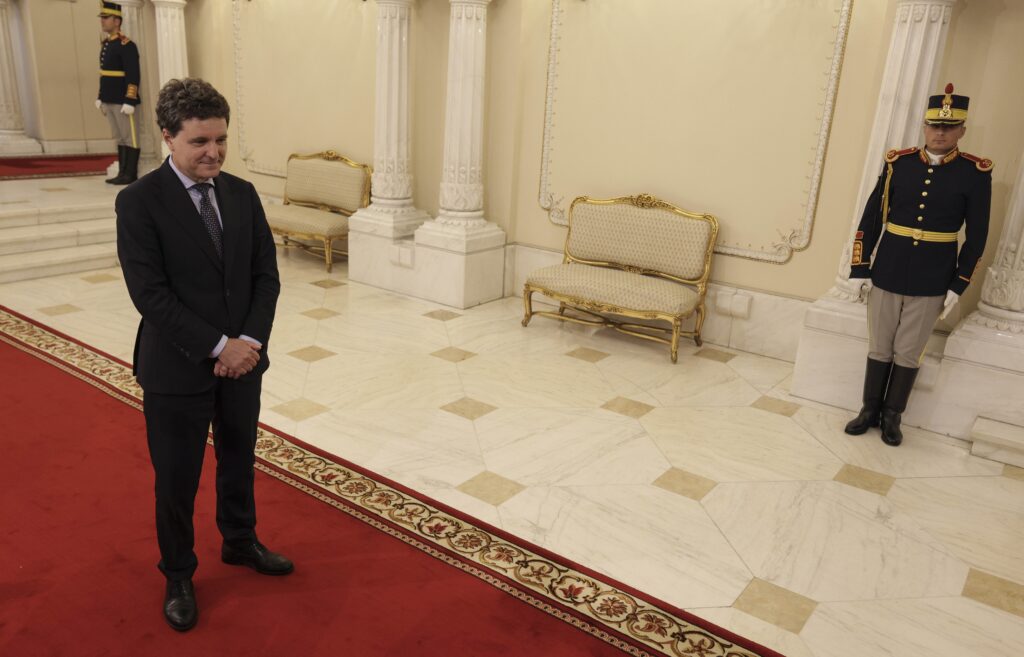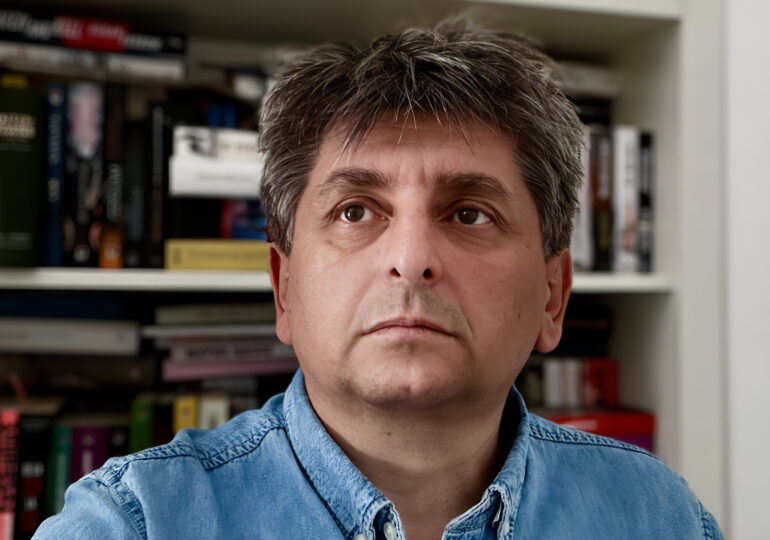In Romania, on March 24, 1999, it was a pleasant day, the beginning of spring, with a temperature of 20 degrees Celsius during the day, no rain, a sky crossed by faint clouds, but also by several NATO planes on a mission to bomb Belgrade.
The former Yugoslavia had disintegrated following an internal war that took place between 1991 and 1995.
In 1999, Serbian forces, led by Slobodan Milosevic, were facing off in Kosovo, a province of Serbia at the time, against Albanian separatists from the UCK. The conflict led to a severe humanitarian crisis, with Serbian troops being accused of brutally repressing ethnic Albanians in the region.
The US decided to intervene to stop the killing of civilians without a UN Security Council resolution due to the expected opposition from Russia and China.
Bill Clinton, the US President, called on allied forces to take action. Romania, through a parliamentary vote, decided to allow NATO planes to use its airspace during military operations, with our country aiming for NATO membership.
Russia vehemently opposed the US decision, supporting Slobodan Milosevic and viewing the military operation as an affront to the Kremlin.
"We informed NATO, we told the Americans and the Germans: do not push us towards military actions. Otherwise, it will certainly be a European war and possibly a world one," stated Boris Yeltsin, the President of Russia, on April 9, 1999.
Exactly four months later, against the backdrop of the failure of the Russian political elite, which realized it had lost international influence, Vladimir Putin became the Prime Minister. Prior to this, he held the position of FSB director (former KGB), being the protege and successor of Yeltsin.
The Three Who Alarmed the West
Starting that spring, a portion of the networks of agents and collaborators of the SRI and SIE, built by Virgil Magureanu and Mihai Caraman, the heads of the two secret services appointed by Ion Iliescu after taking power, began to intersect with representatives of the Kremlin.
Iliescu, Caraman, and Magureanu, in one way or another, were tied to Moscow and worked for its political leadership. Additionally, the three received protection and support from the Kremlin over time, being propelled to lead Romania after the collapse of Nicolae Ceausescu's dictatorial regime.
The main mission given to Virgil Magureanu and Mihai Caraman by the new President Ion Iliescu was to infiltrate with agents the historical parties and social and economic circles that aimed to orient Romania towards the West.
The Soviet Union had not yet collapsed. This was to happen only in August 1991, and after the collapse, for four years until June 1995, when the meeting at Snagov took place, where all political forces decided to orient Romania towards the West, the unreformed SRI and SIE managed to create networks and sources in all Romanian social, economic, cultural, and political environments at home and abroad.
Starting in 1999, with the rise to power of Vladimir Putin, who promised to restore the power, influence, and glory of the former Soviet Union, Kremlin agents launched a secret war against NATO and the European Union.
The Kremlin's Friends
Romania's major vulnerability was that the SRI and SIE retained employees from the Ceausescu era and after 1990, who were known, documented, and listed by the Kremlin, with many of them collaborating with the KGB during the Cold War and the communist bloc. For example, the Caraman network extracted documents from NATO offices for 10 years (1960-1969) and delivered them to Moscow.
The social and political polarization in Romania, which began in 1999 with the takeover of influence networks of the SRI and SIE by the FSB, intensified as Vladimir Putin escalated the shadow war, expanding and diversifying it with the help of technology, turning it into what we now call a hybrid war.
All the propaganda carried out by several television stations, political parties (AUR, POT, SOS), a number of politicians, influencers, journalists, and artists is the result of that process of takeover, funding, and development that began at the end of 1999.
Since then, Romania has split into two, with one part of society desiring greater European integration, less corruption, a functional justice system, and another part seeking to keep the country behind, fragile, and defenseless against Russia.
This polarization is like a red line that divides the entire society, starting from the presidential institution, government agencies, secret services, and ending with the press, cultural world, and education system.
A First Step on a Minefield
For the first time, a Romanian President openly acknowledges the country's huge vulnerability, one that led to the collapse of the democratic system in last year's elections through the cancellation of a presidential election compromised by Russia's interference.
"I have a hunch that behind Călin Georgescu there were people from the Romanian corruption of the '90s - 2000s. I said this as a hunch. To go from a hunch to evidence, you need to check the flow of money that may have circulated, perhaps through cryptocurrencies, perhaps through tax havens. This is difficult and time-consuming," stated Nicușor Dan, the President of Romania, in an interview with Euronews.

The fact that the existence of this problem is acknowledged at the highest level of the Romanian state is the first step on a minefield that should heal and strengthen society. It is hard to say how long it will take and whether Nicușor Dan's initiative will succeed.
On the other hand, this opportunity to block funding from Russia should not be missed, especially now when it is weak and caught in the whirlwind of the conflict in Ukraine, and to finally clean up the intelligence agencies and public institutions in the country, many of which have been parasitized or compromised due to Kremlin interference.
And there is something else: I don't think any political leader in Bucharest would have undertaken such a reformative process if it weren't for the example of Maia Sandu, the President of Moldova, who in five years managed to remove Chisinau from Moscow's influence.
Yes, it is true, Romania is a larger and more complicated country, it is in NATO and the European Union, but it is worth trying. We have seen the alternative, of inertia and corruption. It propelled Călin Georgescu, the Kremlin's candidate, into the presidential final.

